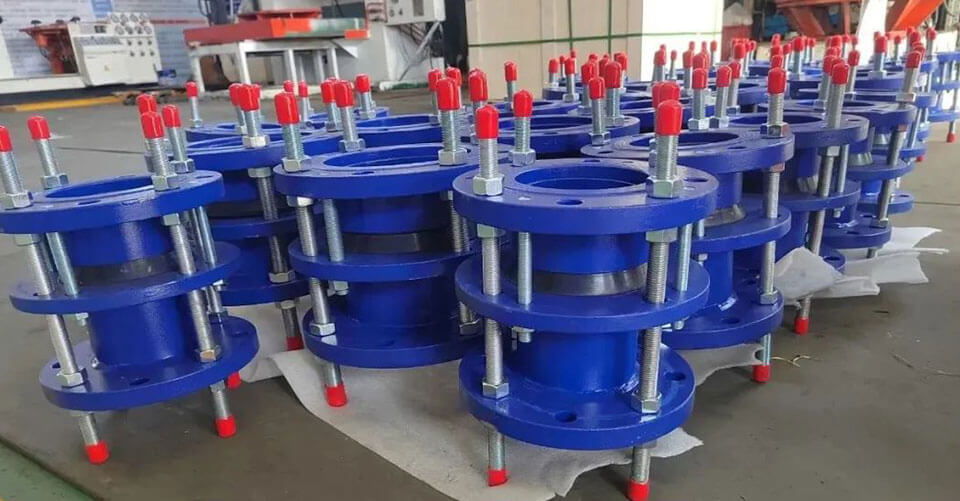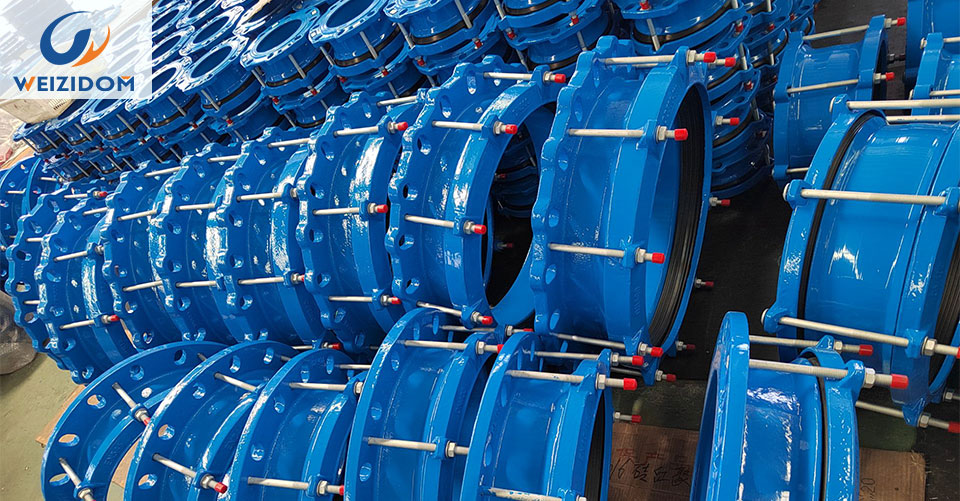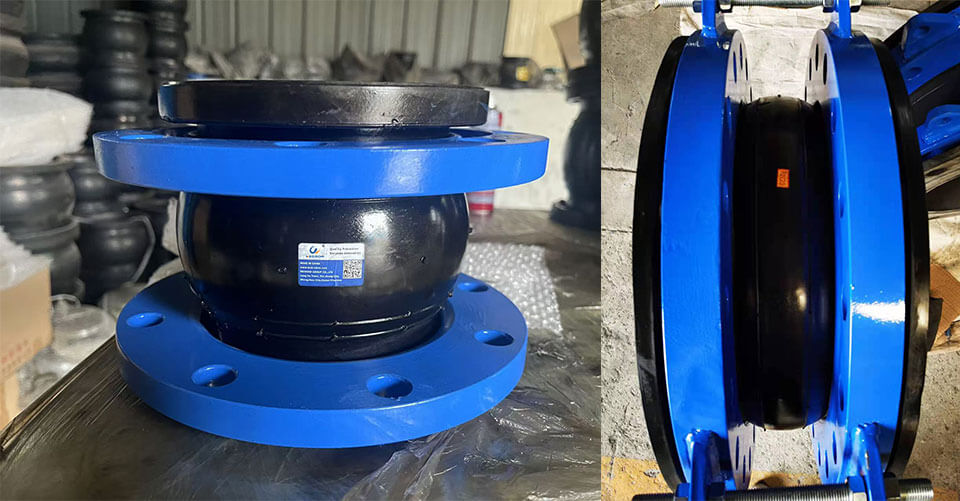Case

Case

In any water supply, drainage, HVAC, petrochemical, or industrial system, joints (or couplings) are crucial components for connecting and protecting pipelines. Choosing the right joint not only affects system safety and sealing performance but also directly impacts installation efficiency and subsequent maintenance costs.
As a leading Chinese manufacturer of industrial valves and pipe fittings, WEIZODOM boasts over 20 years of industry experience, providing reliable disassembly joints, flange joints, rubber joints, and other products to global customers. This article provides a practical purchasing and selection guide for those who need to buy joints, helping you quickly understand the characteristics, uses, and key purchasing points of different types of joints.

Disassembly joints (or transmission joints) are adjustable-length pipe connections that facilitate installation and disassembly. They are commonly used at the connection points between pumps, valves, and equipment and pipelines. Their expansion joints compensate for installation errors and reduce stress concentration.
Applications: Municipal water supply, pump rooms, sewage treatment, industrial equipment pipelines.
Key Advantages:
1)Length can be flexibly adjusted on-site for easy installation;
2)Facilitates equipment maintenance and replacement without pipe cutting;
3)Strong thrust and pressure resistance;
4)Available in carbon steel, ductile iron, or stainless steel to meet different pressure ratings.
Flange joints are one of the most common connection methods in piping systems. They form a reliable seal through a combination of flanges, bolts, and sealing rings, suitable for medium and high pressure systems.
Applications: Water supply and drainage, oil and gas transportation, HVAC systems, chemical pipelines.
Key Advantages:
1)Strong pressure and thrust resistance;
2)Robust structure and high durability;
3)Compensates for installation errors within a certain range;
4)Supports standardized interfaces (PN10–PN25, ANSI, DIN, etc.)

Rubber joints (also known as rubber expansion joints) consist of a rubber bellows and flange ends, offering excellent elasticity and compensation capabilities. It effectively absorbs thermal expansion and contraction, mechanical vibration, and pipe displacement, making it an essential flexible component in many projects.
Applications: HVAC systems, pump outlets, industrial circulating water, fire protection pipe networks, etc.
Key Advantages:
1)Significant vibration absorption and noise reduction;
2)Allows axial, lateral, and angular displacement;
3)Wide media adaptability, with options for EPDM, NBR, PTFE linings, and other materials;
4)Improves system operational stability and extends equipment lifespan.
When purchasing fittings, consider the following dimensions:
Specific Product Selection Guide?
WEIZIDOM offers a variety of drive fittings to meet different needs. You can make an initial selection based on the following dimensions:
By Connection Type: Flange type, threaded type, etc.
By Functional Requirements: Single sphere (general purpose), double sphere (greater compensation), oil-resistant, acid and alkali-resistant, etc.
Key Selection Parameters:
1)Nominal Diameter (DN): Matches your pipe size.
2)Working Pressure (PN): Meets the system's maximum working pressure requirements.
3)Compensation Amount: Selected based on the expected displacement of the pipeline (axial, lateral, angular).
4)Medium and Temperature: Ensure the joint material is compatible with the transported medium (water, oil, chemicals, etc.) and temperature.
If your project involves pump stations, pipeline modifications, or long-term industrial systems, we recommend consulting with WEIZODOM engineers. We can provide one-on-one selection services based on your operating conditions, ensuring the purchased specifications perfectly match the on-site application. Furthermore, our technical team offers free selection support. Simply inform us of your operating parameters, and we will recommend the most economical and efficient solution.

Before installation, check that the sealing rings, flange faces, and bolts are intact;
The rubber joint should be installed in its natural state, avoiding forced stretching or compression;
Flange connections must maintain coaxiality and cross-tightening of bolts;
The expansion and contraction of the joint during disassembly should be controlled within the product's rated range;
After system pressure testing, recheck the bolt tightening force to prevent leakage.
Check the manufacturer's pressure test report, material certificate, and surface coating process; all WEIZODOM products have undergone hydrostatic and sealing tests.
Ordinary rubber is not recommended. Choose high-temperature resistant EPDM or PTFE lined models.
It is recommended to re-check the bolt tightening force after the system has been running for 24 hours to prevent displacement and leakage.
Yes, WEIZODOM supports non-standard customization and OEM services, and can produce according to international standards.
Purchase Tips:
✅ 25+ Years of Manufacturing Experience – 6 factories of our own, serving customers in 108 countries worldwide.
✅ End-to-End Quality Control – Every joint undergoes water pressure, air tightness, and torque testing.
✅ Comprehensive Certifications – ISO, CE, EN, and API standard certifications.
✅ Comprehensive After-Sales Service – 18-month warranty, overseas technical support.
✅ Flexible Procurement Solutions – Bulk discounts, fast delivery, and OEM customization are available.
Choosing the right joint means safety, efficiency, and long-term savings. If you are sourcing high-quality disassembly joints, flange joints, or rubber joints for your project, please contact WEIZODOM immediately. We will provide you with detailed technical information, selection advice, and real-time quotes.